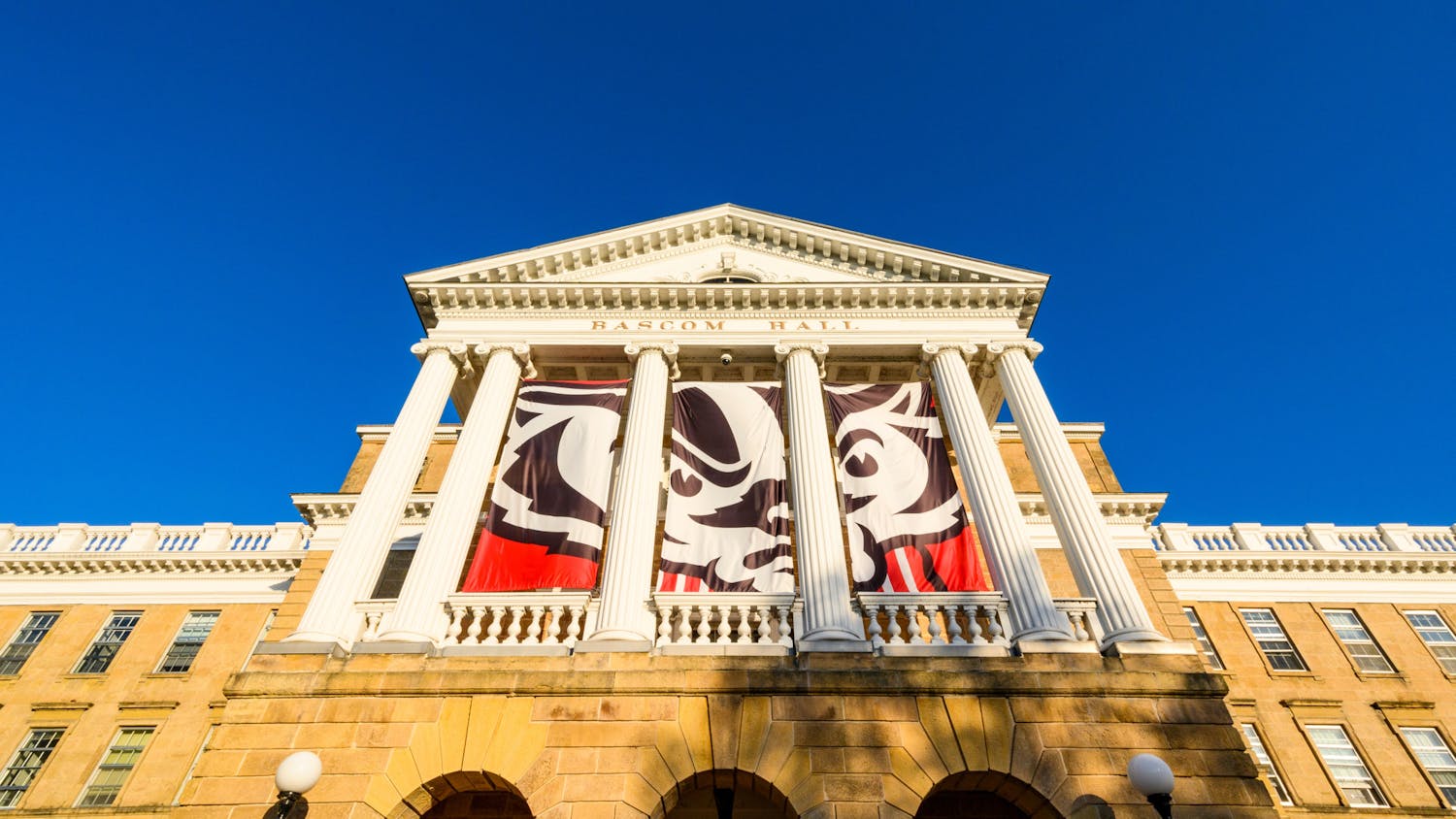These days, it’s hard to miss all the headlines covering the race for the open seat in the Wisconsin Supreme Court. With implications on hot-topic issues like abortion and Wisconsin’s gerrymandered maps, both Democrats and Republicans are rallying support for their respective candidates.
This consequential race is a result from what happened eight months ago — the nation’s highest court overturning the landmark Roe v. Wade case and eliminating the constitutional right to abortion.
Through this case, the Supreme Court has shown both blatant disregard for legal precedent and a willingness to take decisive action at the expense of popular sentiment. I believe the court will continue this pattern of behavior when dealing with another contentious, far-reaching issue: affirmative action in higher education.
Affirmative action is a set of policies that aim to increase representation of historically disadvantaged groups in education, employment and other areas of society. It has been a subject of legal and political debate for decades. Some argue affirmative action is necessary to address systemic inequalities and promote diversity, while others argue it amounts to reverse discrimination and violates the principle of equal treatment. While the Supreme Court previously upheld its constitutionality, the new conservative majority seems likely to end affirmative action as we know it.
This prediction stems from two ongoing cases — Students for Fair Admissions v. Harvard and Students for Fair Admissions v. University of North Carolina at Chapel Hill — the court agreed to take on. The cases accuse admissions offices at Harvard University and the University of North Carolina at Chapel Hill of discrimination against white and Asian applicants by giving preference to Black, Hispanic and Native American applicants.
While these cases focus on arguments previously explored, the nature of how the court interacts with these arguments has been alarming. With hearings dating back to October 2022, the Supreme Court has since made it clear they don’t see the justification for affirmative action.
“I’ve heard the word diversity quite a few times, and I don’t have a clue what it means … It seems to mean everything for everyone,” Justice Clarence Thomas said in a court hearing.
Justice Samuel A. Alito, Jr. expressed similar sentiments when he said college admissions are “a zero-sum game” and questioned what an “underrepresented minority” even means. This skeptical stance has deeply shaken the morale of those in higher education, with some colleges even formulating plans for expected changes.
Most notably, the American Association of Collegiate Registrars and Admissions Officers issued a recommendation earlier this year stating that colleges should “establish a review team in early 2023 that includes your institution’s legal counsel” to prepare for the court’s decision.
This makes sense, considering the Supreme Court is expected to release a decision on the cases as early as next month.
As we wait for the Supreme Court ruling, I argue the court should adhere to decades-long legal precedent and empirical data by upholding the practice of affirmative action in higher education.
Affirmative action has been proven necessary in addressing systemic racial inequality. That’s because the practice helps ensure students from historically disadvantaged groups have a fair shot at higher education. This effect is made evident when we examine what happens when affirmative action is banned.
The University of California and University of Michigan systems, two top public universities, were forced to ban affirmative action 15 years ago. Since then, both systems spent hundreds of millions of dollars to boost racial diversity within its student population but fell woefully short. In 2021, the freshman class at the University of California-Berkeley had a 3.7% Black student enrollment out of a class of 6,931.
That same year, the University of Michigan-Ann Arbor had a 4% Black student enrollment despite having a special admissions office in Detroit to recruit Black students. Contrast this with Harvard, which has double the number of Black students enrolled at 9.37%. While the effectiveness of affirmative action may not be hotly contested, the cost and morality of the practice is.
Despite being effective, it is important to recognize the practice of affirmative action is flawed in its disproportionate discrimination against certain racial groups. Speaking from the perspective of the individual student applicant, affirmative action is not fair nor consistent with the educational meritocracy.
That said, these issues do not warrant a complete overhaul of the practice — more so a further examination of potential alternatives or improvements.
For example, one promising option is to transition from race-conscious policies towards socioeconomic-based affirmative action. This would eliminate concerns about racial discrimination while still helping historically underrepresented groups. With all the potential options, efforts should be made to improve and refine affirmative action policies to ensure they are effective and fair for all students.
However, this mindset conflicts directly with that of the Supreme Court. From court hearings and subsequent deliberations, it is clear the conservative majority sees affirmative action as a wholly unlawful practice and therefore would not consider any alternatives or changes. Their singular focus is striking down affirmative action, which would undermine the years of progress made in promoting diversity and addressing systemic inequality in higher education.
If the Supreme Court does indeed strike down affirmative action, it would be a major step backwards for already disadvantaged Americans most affected by the decision.






